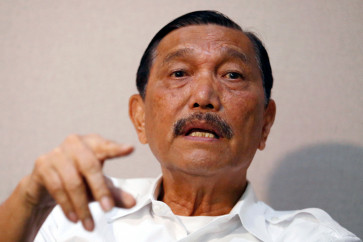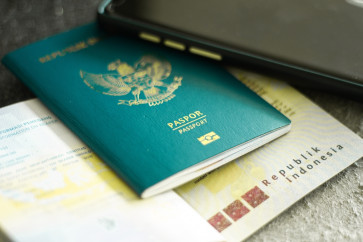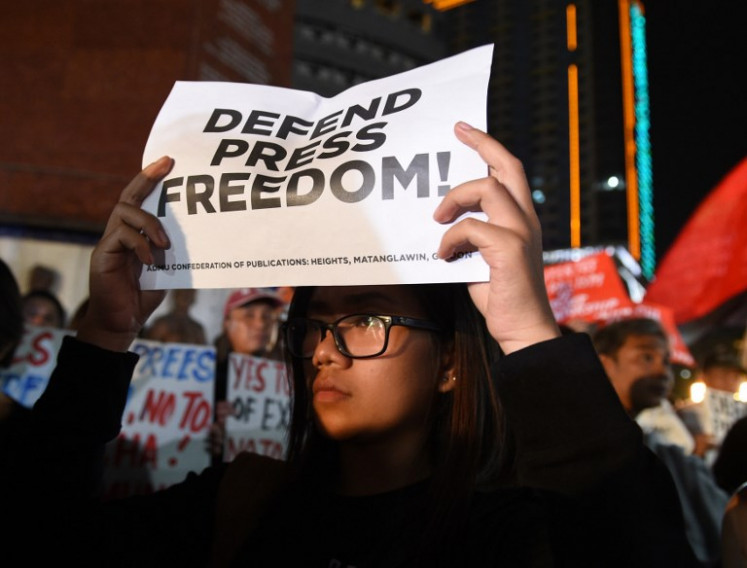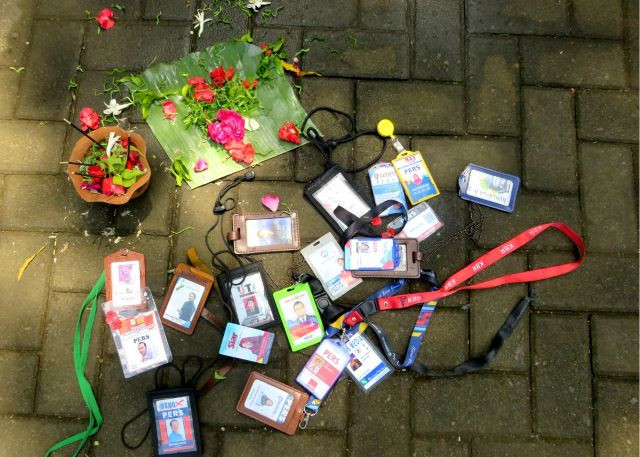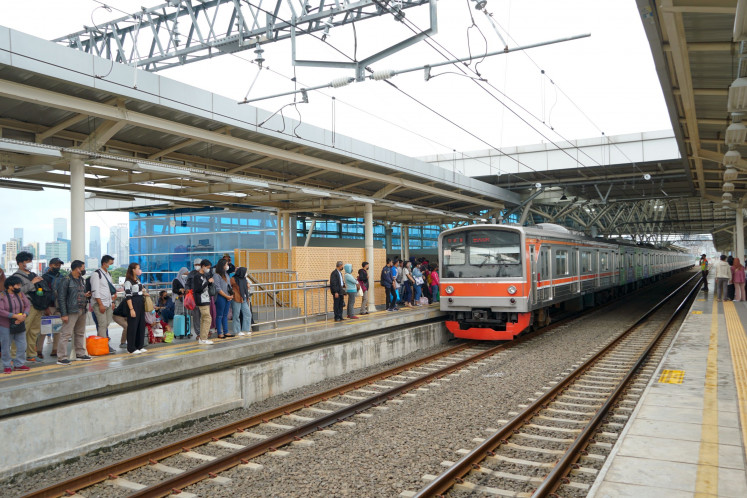Money laundering and human ingenuity
The alleged graft case of the former speaker of the House of Representatives, Setya Novanto, is now entering a new chapter
Change Size

T
he alleged graft case of the former speaker of the House of Representatives, Setya Novanto, is now entering a new chapter.
According to the Financial Transaction Reports and Analysis Centre (PPATK), he could also be charged with money laundering.
The Corruption Eradication Commission (KPK) suspects that, through a series of complex transactions, he received around US$2.6 million from abroad. The antigraft body believes that, with the help of several people, he managed to secretly move the money from Mauritius to Indonesia without using proper bank transfers.
According to the KPK, the scheme was complex in nature and also involved a number of foreign companies as well as at least two money changers.
Even though money laundering receives less media coverage in Indonesia compared to other related offenses such as fraud and corruption, it is nonetheless an important issue to address in relation to national security. So, why should we care more about money laundering? For one thing, it can be used as an entry to uncover various fraud and corruption cases as well as other serious crimes.
According to the Association of Certified Fraud Examiners’ Fraud Tree classification, fraud could be divided into three broad categories: corruption, asset misappropriation and financial statement fraud.
Many experts believe that fraud, regardless of its type, will always progress through three main stages: act (the primary offense), concealment (making the offense and the proceeds thereof undetected) and conversion (enjoying the proceeds “safely”).
Uncovering fraud often starts with the identification of “red flags” of the conversion process such as the possession of highly valuable assets far in excess of one’s potential income.
This typically includes assets such as expensive houses, luxury cars and jewelry, just to name a few. A lavish lifestyle is also a visible behavioral trait of a fraud offender. Once the conversion process is identified the next question will be how to identify the money laundering process through which offenders hide their illicit funds.
According to the Financial Action Task Force in its 2015- 2016 annual report, evidence suggested that offenders continuously sought new methods to conceal their proceeds. This also included exploiting loopholes in financial systems.
The report also stated that hiding identities behind companies and trusts were among the preferred methods for corrupt officials as well as other offenders to hide their proceeds.
For example, in 2016 the Panama Papers scandal, when over 11 million confidential documents related to around 214,000 offshore entities in 21 jurisdictions were leaked, was considered a wake-up call for countries to pay more attention to issues pertaining to money laundering as well other unlawful activities.
Referring to Setya’s case, nowadays with the existing payment technologies moving funds across countries do not have to involve the physical movement of cold cash like in the old days. The current payment technologies have made transferring money a much easier process than it was a decade ago. Simply put, the easier it is to move money around the more likely it is for money laundering to occur.
An example of a potential threat from the latest payment technologies is the emergence of virtual currency which, as a payment instrument, comes with a high level of anonymity due to its nature. The risk of this instrument to be used in money laundering as well as other illegal activities such as terrorist financing is also constituted by its ability to be transferred rapidly.
Bitcoin, for example, is considered by some experts as already becoming part of the payment instruments used by cybercriminals due to its anonymous and decentralized nature.
However, not all anti-money laundering experts view it as a viable threat in relation to money laundering. This is to say that many experts still perceive bitcoin or virtual currency in general as only posing a low money laundering risk.
This perception is in itself a loophole to be exploited by criminals who need to launder their dirty money due to the lack of attention from the authorities to the dangers of virtual currency. In reality, as mentioned in many studies, once a closed virtual currency scheme transforms into a unidirectional or even bidirectional system the risk of crime increases exponentially.
In addition to money laundering and other crime-related issues, many economists warn against the effects of virtual currency on the real world economy as it may alter the quantity of money in circulation uncontrollably and eventually disrupt the financial system. For these reasons Bank Indonesia recently urged all parties in the country not to use it in transactions.
As experienced by many countries, regulating virtual currency is a great challenge in itself due to the technical complexity within its structures and mechanisms.
However, one “bad habit” in dealing with a new threat of crime is the fact that many decision makers (governments, law enforcers, banks, etc.) often choose to refrain from allocating enough resources to deal with it until it actually causes major damages.
In reality, with the rapid development of payment technologies it does not really take long for a payment instrument to transform from a low to a high crime risk instrument.
This is to say that it is really not that difficult to imagine that in the future corruption offenders in Indonesia will resort to virtual currency in laundering their dirty money. So it is important to realize that although the “business case” of crime prevention is not always easy to identify, one must realize that once damages have been done to the economy or society in general recovering from it may be next to impossible. After all, many corruption offenders in Indonesia are highly educated people.
__________________________
The writer is the director of the center for forensic accounting studies at the Islamic University of Indonesia Yogyakarta.


